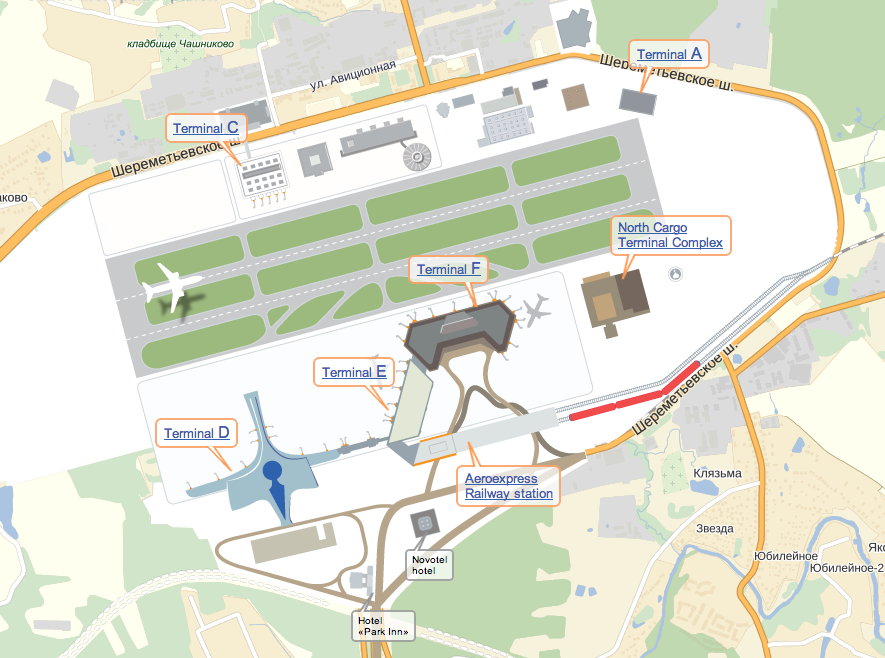For millions of travelers every day, an airport is the gate to a foreign country. It is here that the journey ends, that the border is finally crossed. Yet, where exactly does the border begin? Is it in the air space over a country? Is it the moment the plane touches the ground? Is it at customs?
The location and thickness of an international border can vary country by country. And no other event today highlights this fact better than the debate between the United States and Russia over the location of Edward Snowden. The United States wants Russia to honour an extradition treaty, but government officials argue that Snowden did not cross the Russian border and therefore is not subject to the extradition treaty.
“It is true that Snowden has arrived to Moscow, and it really came as a surprise for us. He arrived as a transit passenger, and didn’t need a [Russian] visa, or any other documents. As a transit passenger he is entitled to buy a ticket and fly to wherever he wants,” Vladimir Putin said as he spoke to journalists in Finland.
Edward Snowden is still at the transit area of Moscow’s Sheremetyevo Airport, Putin stressed. He said that any accusations against Russia are “nonsense and rubbish,” as the former NSA contractor “has not crossed” the Russian border. – from RT
For American political pundits, the “transit zone” is an illusory, invisible border. Yet, as many travelers to Moscow’s Sheremetyevo can attest: the Transit Zone does exit. But where is it? What are its dimensions? What does it mean? Is it possible to map it?`
UPDATE: A short interesting article in Slate discusses the amorphous, legal conception of the Transit Zone by way of describing Paris’ Transit Zone:
Transit zones can now refer either to physical spaces or to amorphous legal concepts. The transit zone around Paris’ Charles de Gaulle Airport, for example, includes hospitals and a courtmore than 12 miles away. Detainees who travel from the airport to these facilities are legally considered to be moving inside a floating transit zone. The size and shape of a transit zone is therefore a matter left to the discretion of national authorities, and it’s possible Russian authorities have taken advantage of this legal technicality. If Edward Snowden isn’t sleeping at the Novotel or in a detention room at Sheremetyevo airport, he may be living in his own personal transit-zone bubble virtually anywhere in Moscow. – Brian Palmer, Slate
